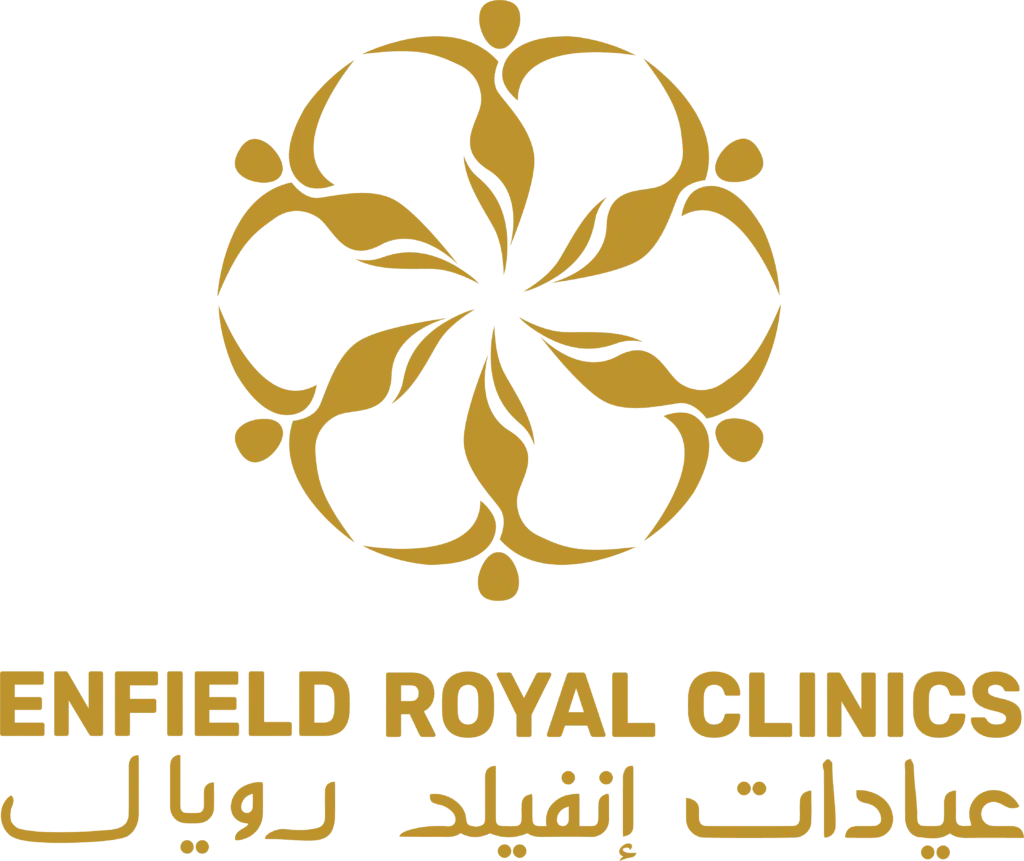
Hair transplant in Islamabad is a hair restoration method in which hair follicles are taken from the donor area, which is usually the back of the head, and then are implanted on areas with thinning hair or balding. What happens to donor area after hair transplant is an important aspect to understand, as it plays a key role in the overall recovery and final results. The procedure is surgical in nature and is one of the most effective and result-oriented treatments to restore hair naturally, but the question that arises is: What happens to Donor Area After Hair Transplant? To get your answers, continue reading this blog below.
Understanding the Donor Area in Hair Transplant
The donor area is the part of the head with healthy hair follicles. Usually, the sides or back area of the head is considered ideal as the part of the head that has the healthiest hair follicles. The surgeon takes follicles from the sides or the back of the head or anywhere that part becomes a donor, and then the follicles are implanted in the recipient area.
What Happens to Donor Area After Hair Transplant?
After the surgery, the donor area undergoes a recovery procedure. How the area recovers depends on the type of technique applied in hair transplant surgery in Islamabad. Though the hair in the donor area does not regrow, the surrounding growth is thick enough to cover the area. The recovery, as per the technique, is:
In Follicular Unit Extraction (FUE)
The FUE hair transplant technique is a procedure where individual hair follicles are removed, creating tiny dot-like scars that are barely visible when the hair grows.
- Right after: Donor area small round scabs, slight redness, and swelling.
- 1-2 weeks: The scabs start peeling off, and the erythema also starts to dissipate. It can also be itchy or tender in the area.
- 1-3 months resistance: Any form of temporary thinness as a result of the extraction will be less pronounced as the surrounding hair continues to grow longer and thicker. The patient should recover fully in three months.
In Follicular Unit Transplantation (FUT)
In the FUT method, a thin piece of scalp is removed from the donor site through the process of surgery. This produces a permanent linear scar that can be covered by extending the hair.
- Right after: The area will be tight or numb, and the incision will be sewn or stapled.
- 1-2 weeks later: Sutures or staples are usually removed. The soreness and pain have reduced to a great extent.
- 3-6 months (later): It will take time before the linear scar grows and the scar becomes less noticeable. The scar will be covered with hair growing around it.
Will the Donor Area Grow Back After Hair Transplant?
No, the hairs on the donor area do not grow back as follicles are extracted, but the area nearby is full of healthy hair follicles, and as the area around the donor part grows heavier, the donor part gets covered.
Common Donor Area Problems After Hair Transplant
- Pain and swelling
- Itching and dryness
- Scabbing
- Infection
- Scaring
- Numbness
Do’s and Don’ts of the Donor Area after Hair Transplant?
| Do’s | Don’ts |
| Keep clean and dry. | Don’t scratch or touch. |
| Sleep with your head elevated. | Avoid pressure or friction. |
| Use mild shampoo after 2–3 days. | Don’t use harsh products. |
| Take prescribed meds. | Don’t skip medication. |
| Stay hydrated, eat well. | Avoid smoking and alcohol. |
| Attend follow-ups. | Don’t remove scabs early. |
Why Choose Hair Transplant in Islamabad
Hair Transplant in Islamabad is a well-known name in hair restoration treatments. We have highly qualified and certified staff of doctors, surgeons, and other practitioners who, as a team, help to deliver the best and most natural-looking results. Our surgeon’s personalized treatment plans ensure safe and satisfactory delivery of results, and he is most loved and sought after at our clinic, the one and only, Dr. Naveed Azhar, ranked among the top 10 surgeons of Pakistan.
Book Your Consultation Today
Book your consultation with us and start your journey towards a full head of hair today. We not only perform the procedure, but also help with recovery and aftercare so you can have the best results.
